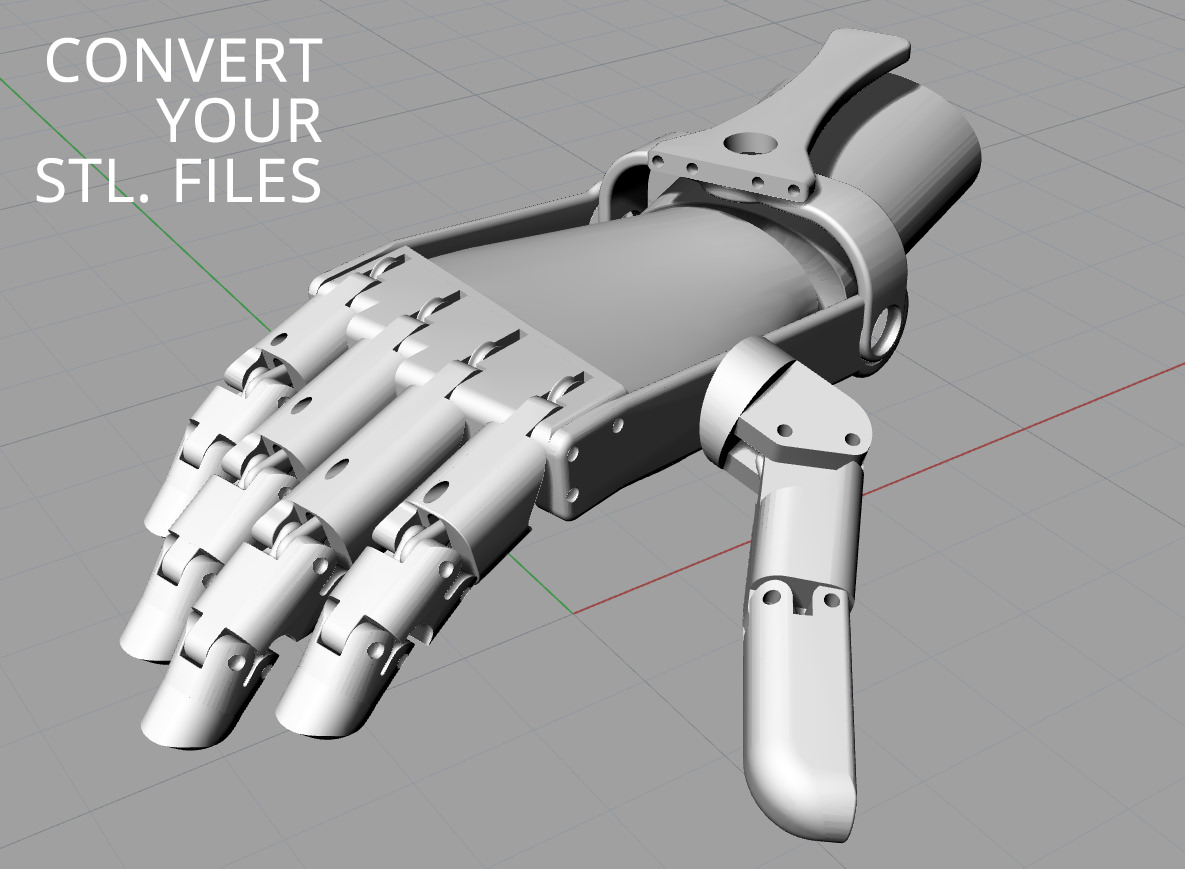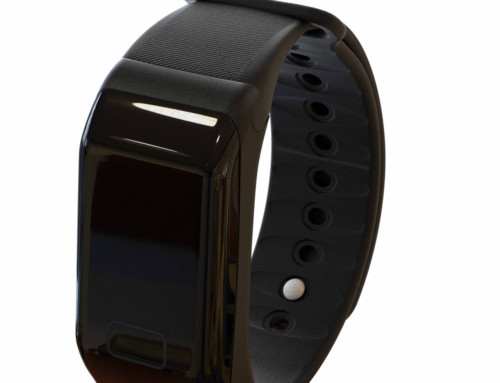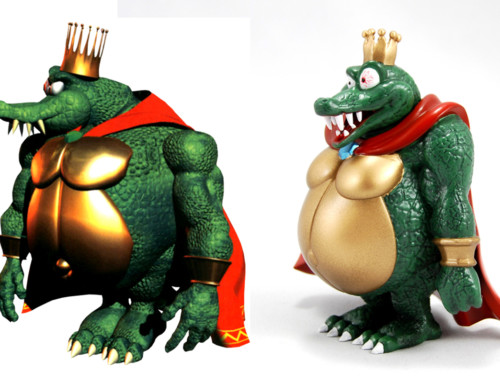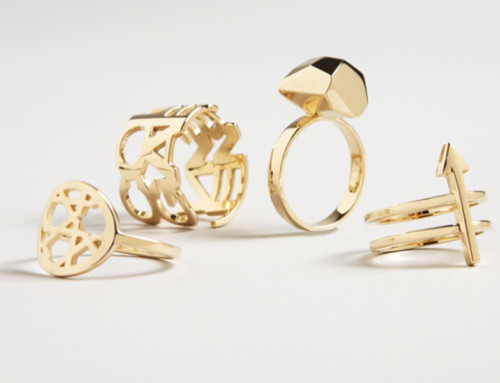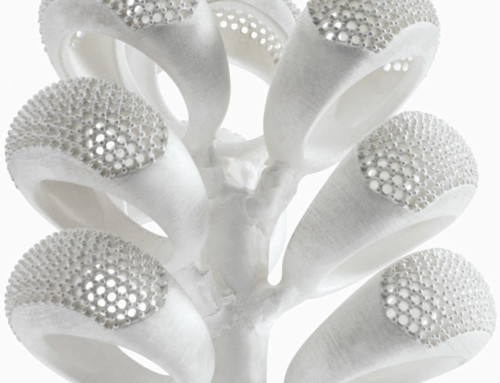This tutorial will guide you through every platform available, that allow converting your files to stl format. But always bear in mind that you can only export 3D solid objects to stl format.
- AutoCAD
- At the command prompt type “FACETRES”
- Set FACETRES to 10
- Type “STLOUT”
- Select the objects
- Enter Y or hit Enter for Create a binary STL file? [Yes/No] <Yes>
- Enter Filename
- Save
- Autodesk 3ds Max (3D Studio Max)
- File > Export
- Select type StereoLitho *.stl
- Enter Filename
- Save
- Select Binary
- OK
- Autodesk Inventor / Mechanical Desktop
You can export individual parts or whole assemblies.
- Manage tab > Update panel > Rebuild All
- File > Save as > Save Copy As
- Select STL
- Enter Filename
- Select Options
- Format > Binary
- Units > mm or inches
- Resolution > High
- Save
- Blender
- File > Export > STL…
- Enter Filename
- Select location
- Click button Export STL
- Pro ENGINEER
- File > Save a Copy
- Select type STL > OK
- Select Coordinate System Standard
- Check Binary
- Set Chord Height to 0 (Pro/E changes it to the smallest allowable value)
- Leave Angle Control at the default
- Enter Filename > OK
- Rhino
- File > Export Selected or File > Save As
- Select the objects to be exported
- Select File Type Stereolithography (*.stl)
- Enter Filename
- Save
- in STL Mesh Export Options, Enter Tolerance 0.02 mm (0.0008 inches), then click OK.
- Select Binary
- Uncheck Export Open Objects
- OK
- Sketchup
Google Sketchup
You can’t save as an STL from Google sketchup without installing a plugin – watch this video to learn how:
- Solidworks
- File > Save As…
- Set type to STL(*.stl)
- Click Options…
- Output as: check Binary
- Unit: > Millimeters or Inches
- Resolution > Fine
- OK
- Enter Filename
- Save
- SolidWorks Student Design Kit
- File > Save As…
- Set type to eDrawings(*.eprt)
- Click Options…
- Check Allow export to STL for Parts & Assemblies
- OK
- Enter Filename
- Save
- Open part in eDrawings
- File > Save as… > select type STL Files (*.stl)
- Save

